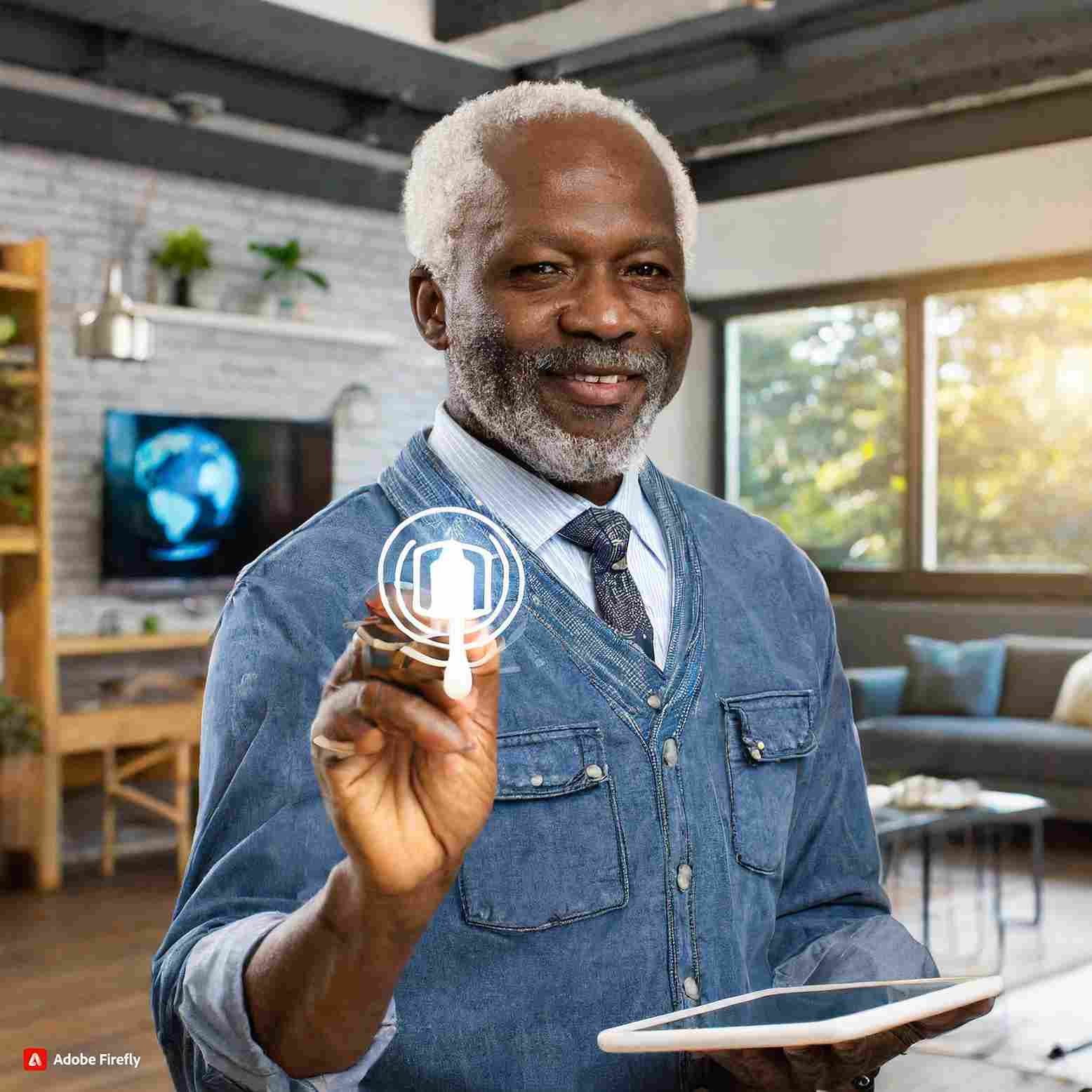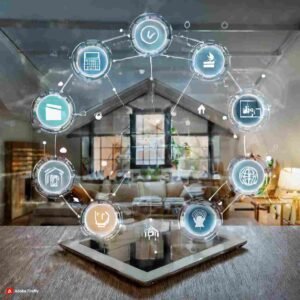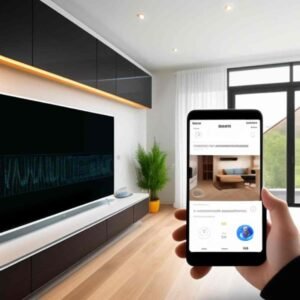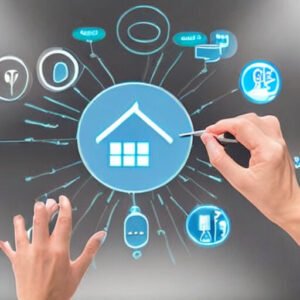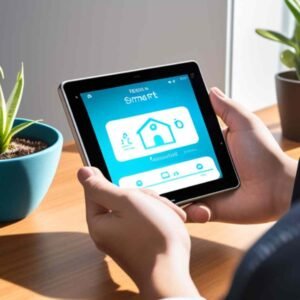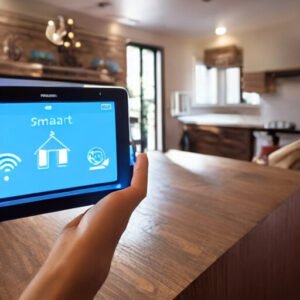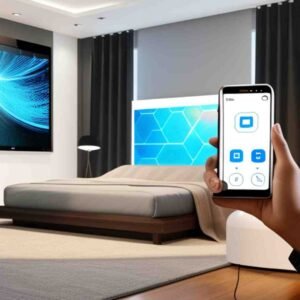Introduction:
As the population ages, the demand for innovative solutions to support independent living among the elderly continues to grow. Smart home technology has emerged as a game-changer, offering a range of features designed to enhance safety, comfort, and convenience for older adults.
1. Enhanced Safety and Security:
Smart home technology provides elderly individuals with enhanced safety and security features. From motion sensors and doorbell cameras to smart locks and emergency call systems, these innovations offer peace of mind to both the elderly and their caregivers.
2. Remote Monitoring and Health Management:
Smart home devices enable remote monitoring of the elderly’s health and well-being. Wearable devices, smart scales, and blood pressure monitors can track vital signs and provide real-time data to caregivers and healthcare professionals, facilitating proactive intervention when necessary.
3. Medication Management:
For elderly individuals managing multiple medications, smart pill dispensers offer a convenient solution. These devices dispense pills at scheduled times, send reminders, and alert caregivers in case of missed doses, reducing the risk of medication errors and promoting medication adherence.
4. Fall Detection and Emergency Response:
Smart home technology includes fall detection systems that can automatically detect falls and alert emergency services or designated contacts. These systems provide immediate assistance in the event of an emergency, ensuring prompt medical attention when needed.
5. Voice-Activated Assistance:
Voice-activated virtual assistants like Amazon Alexa and Google Assistant offer hands-free assistance to elderly individuals. From setting reminders and making phone calls to controlling smart home devices, voice commands simplify daily tasks and enhance accessibility for seniors with mobility or dexterity challenges.
6. Energy Efficiency and Comfort:
Smart thermostats and lighting systems optimize energy usage and create a comfortable living environment for elderly individuals. Automated temperature control and lighting adjustments improve comfort levels while reducing energy costs, ensuring a safe and pleasant home environment
7. Social Connection and Engagement:
Smart home technology fosters social connection and engagement among the elderly. Video calling platforms and social media apps enable seniors to stay connected with family and friends, reducing feelings of isolation and loneliness, particularly for those living alone.
Conclusion: Enabling Aging in Place
Smart home technology holds tremendous potential to empower elderly individuals to age in place with dignity and independence. By addressing safety concerns, promoting health management, enhancing convenience, and fostering social connection, these innovations pave the way for a brighter and more fulfilling future for aging populations.


